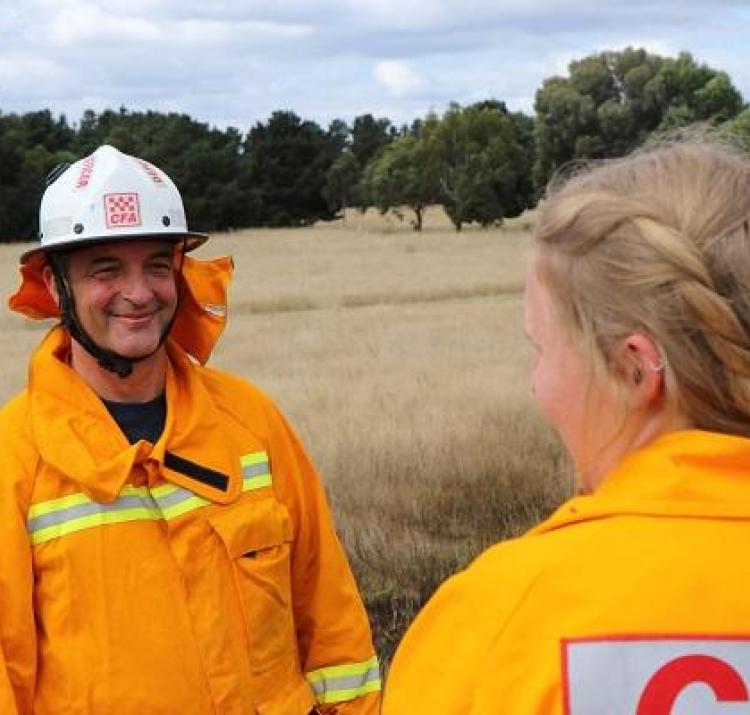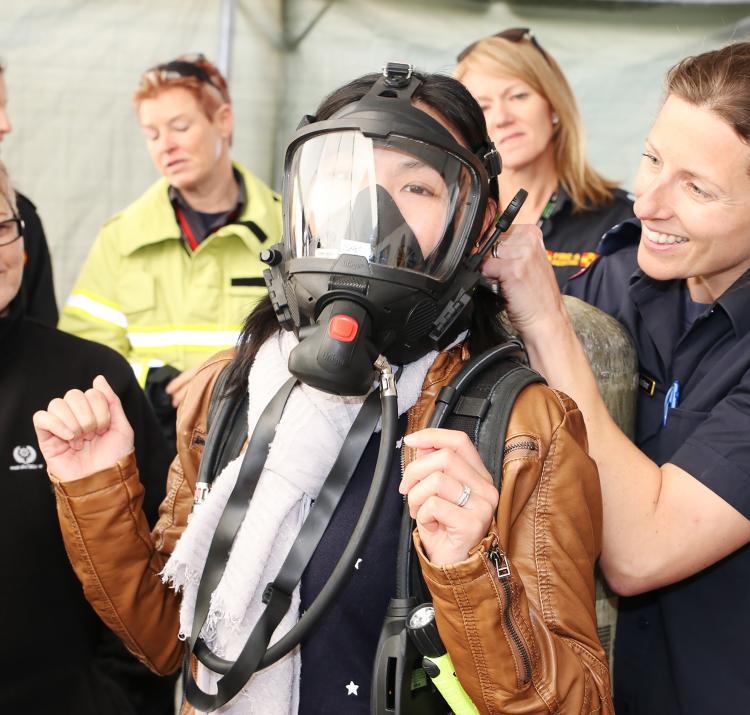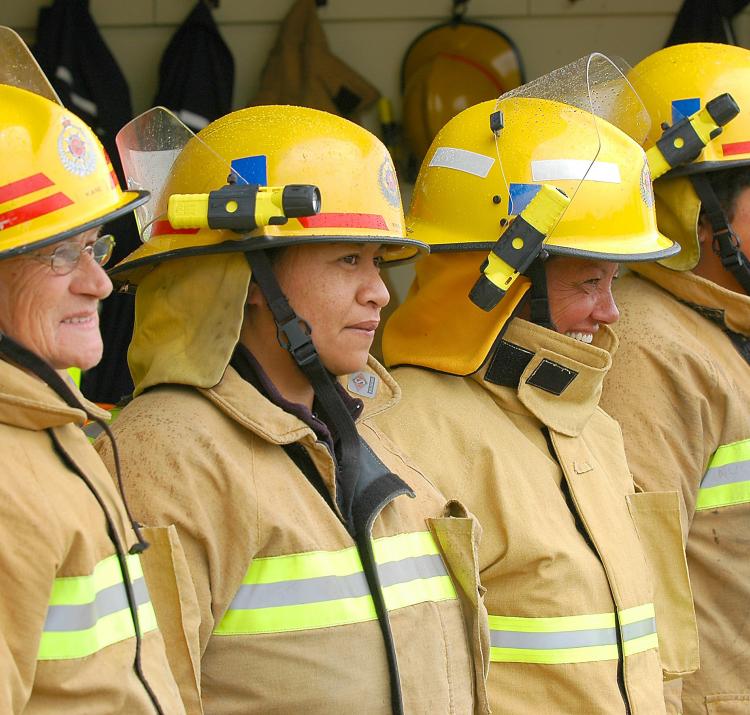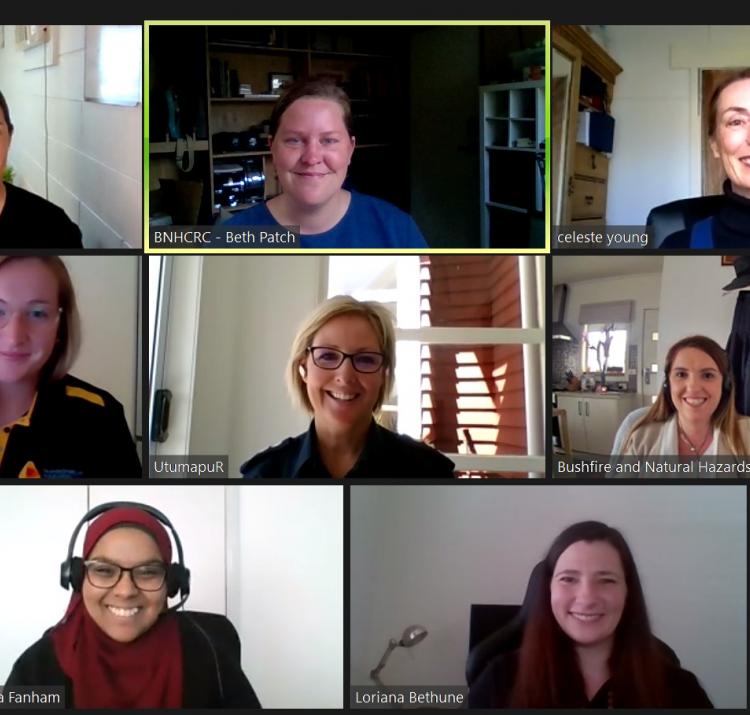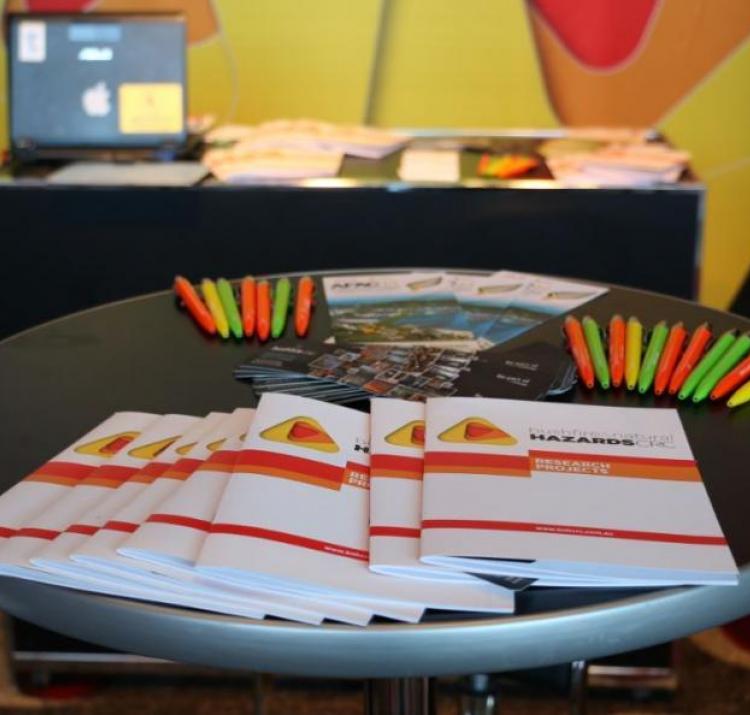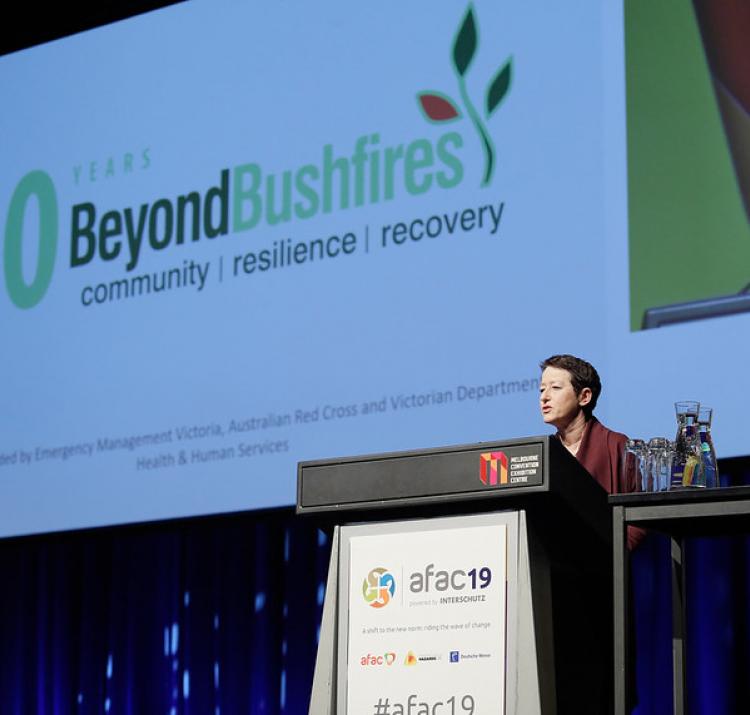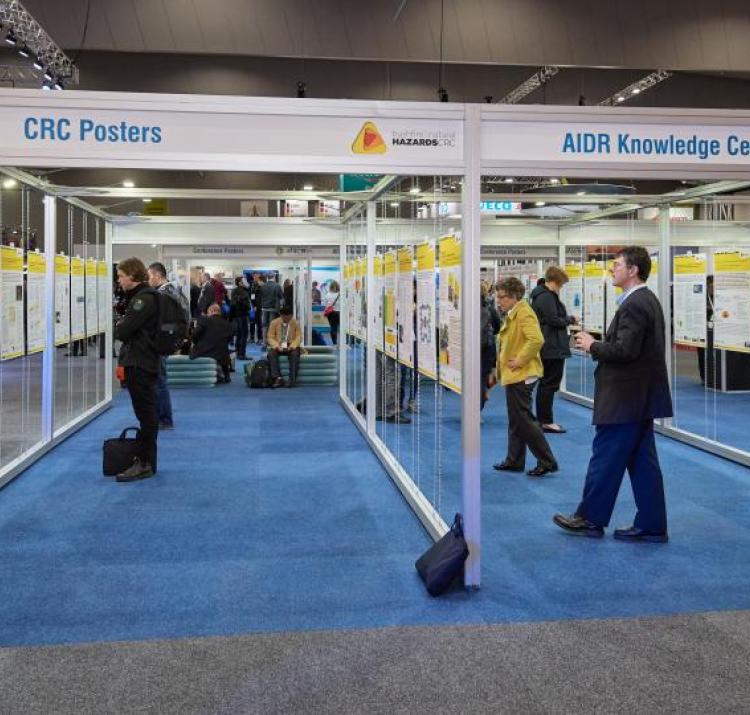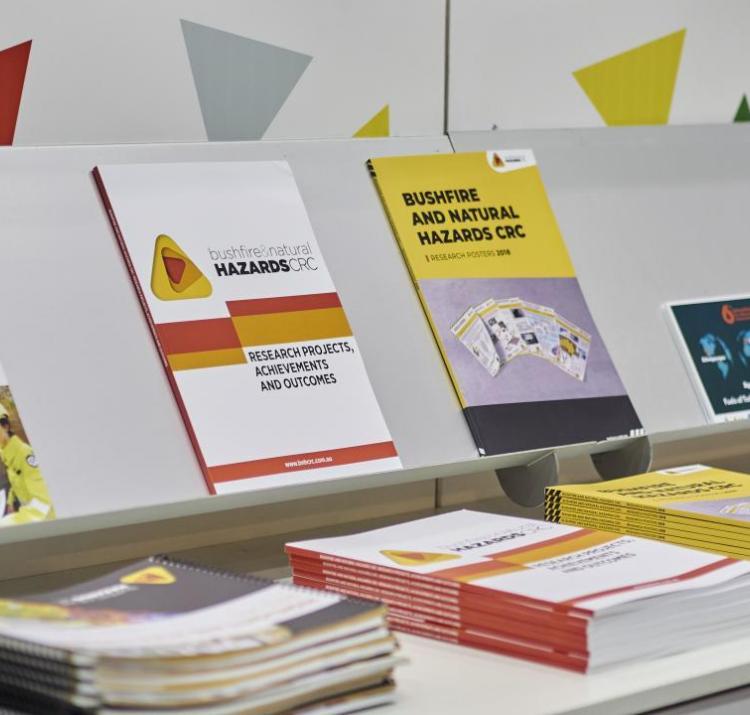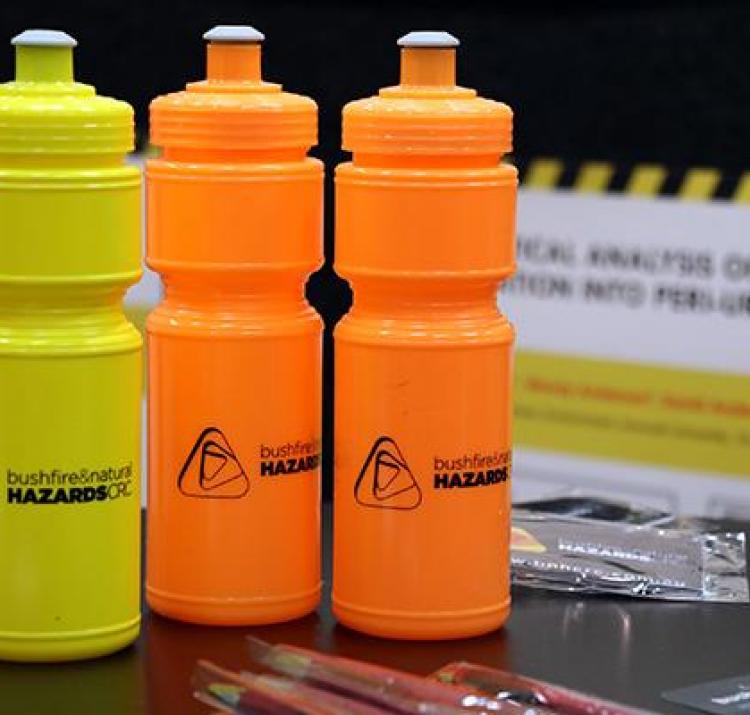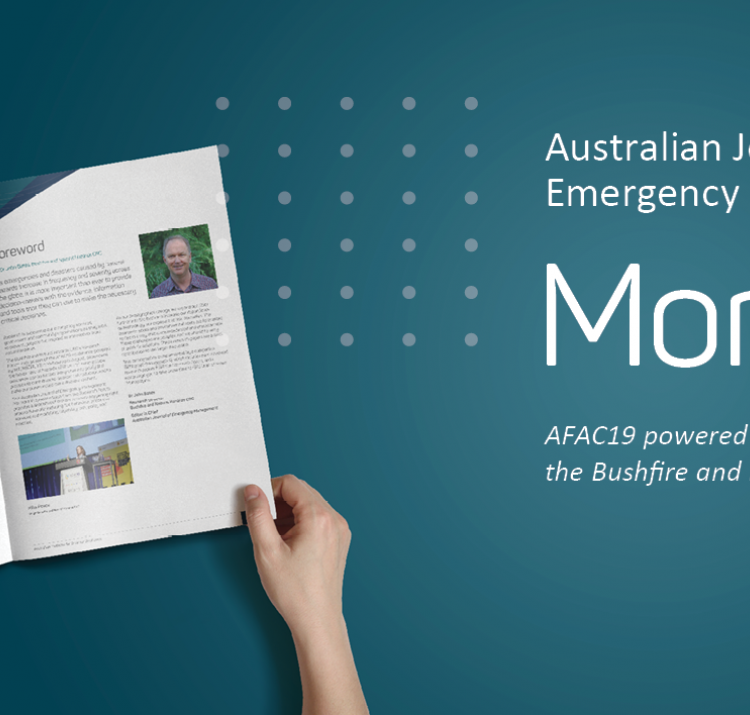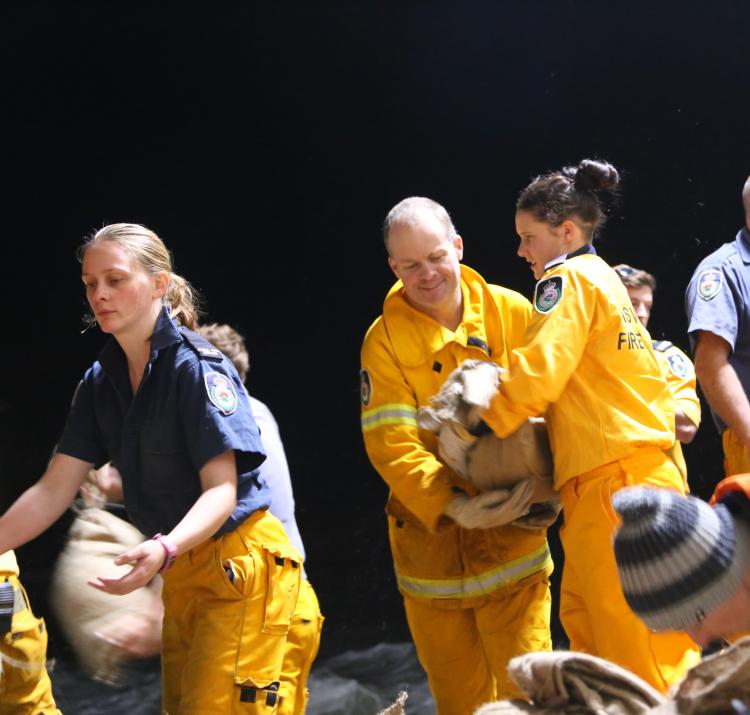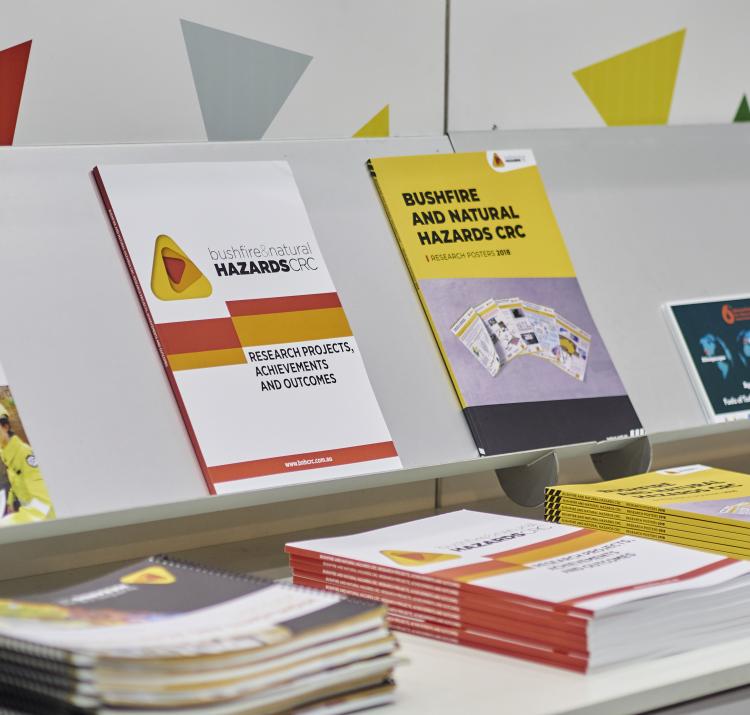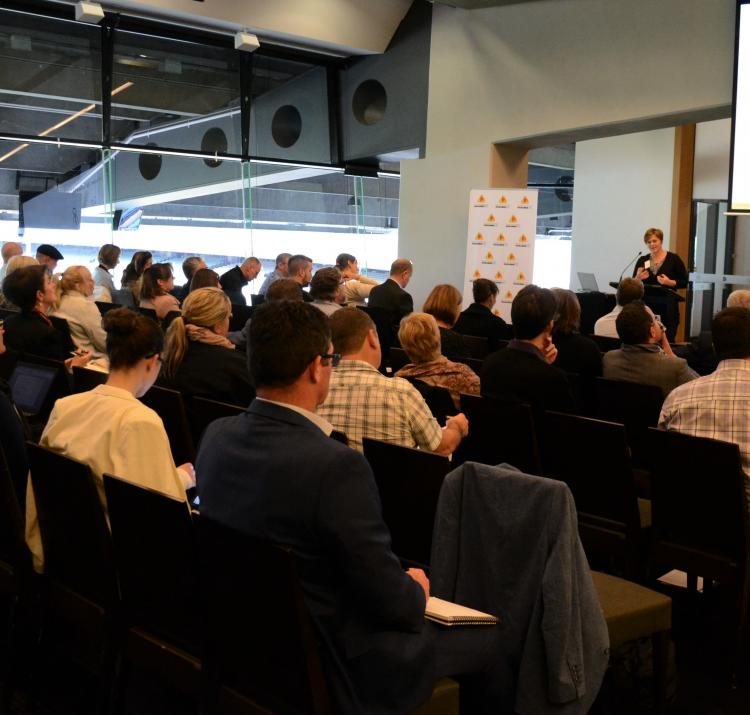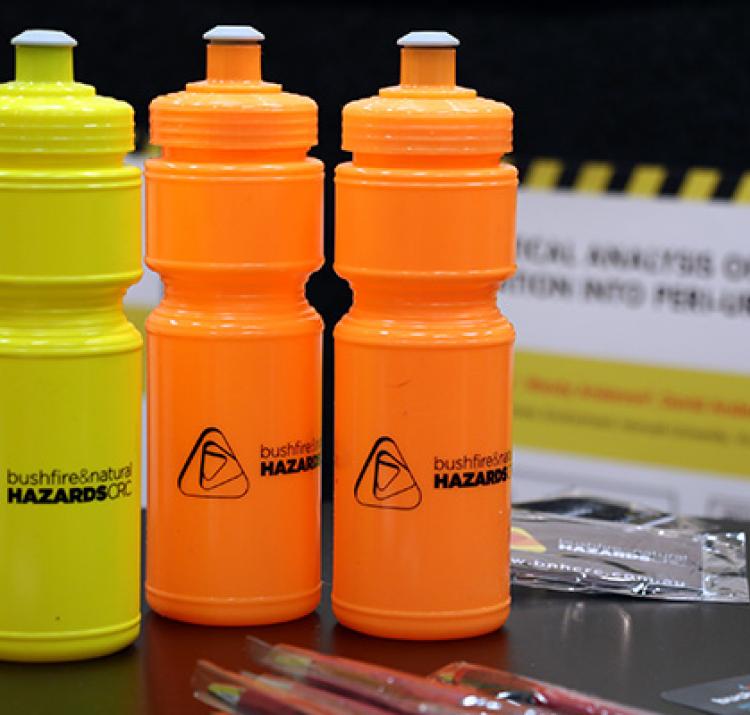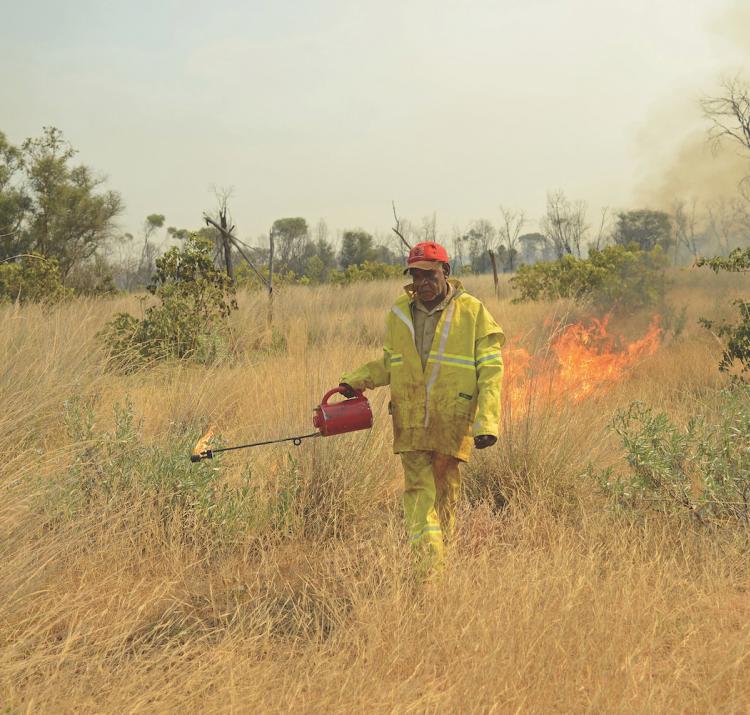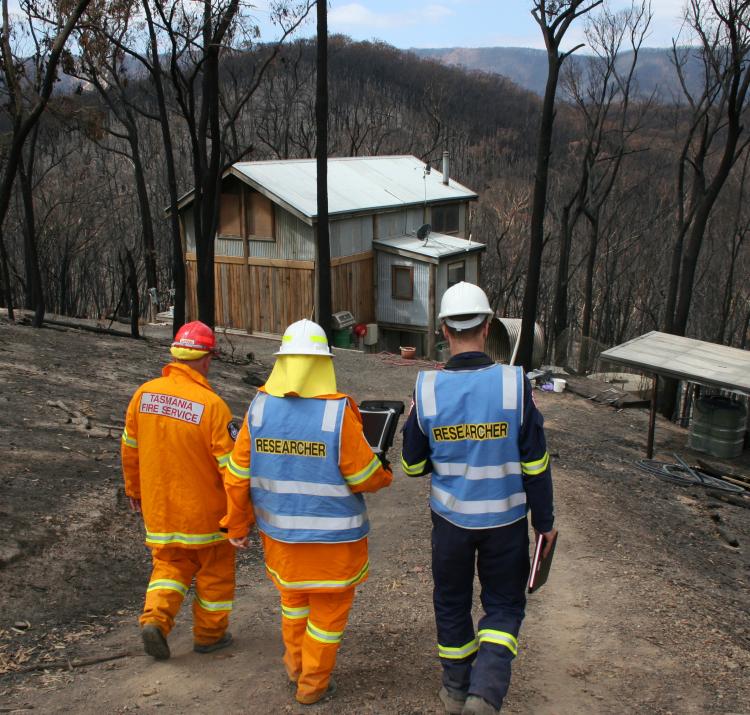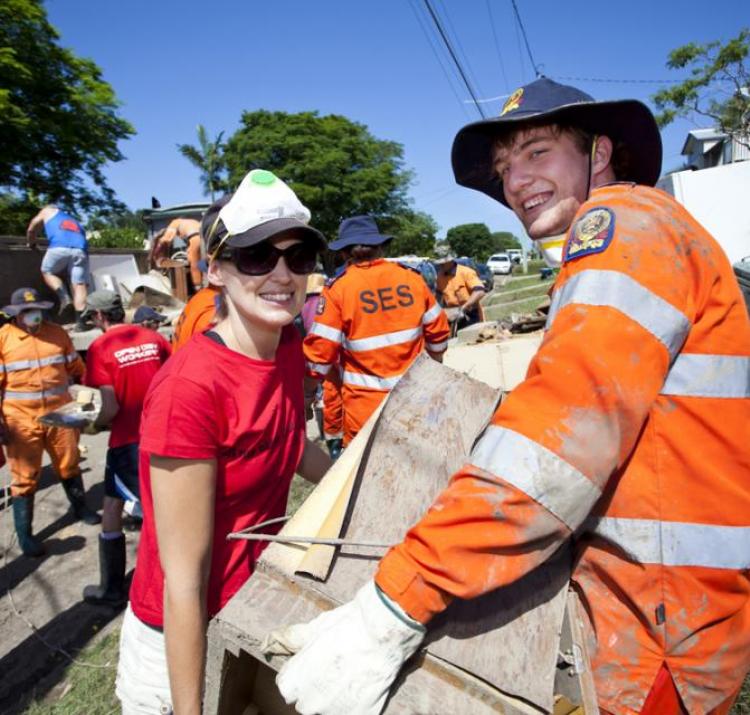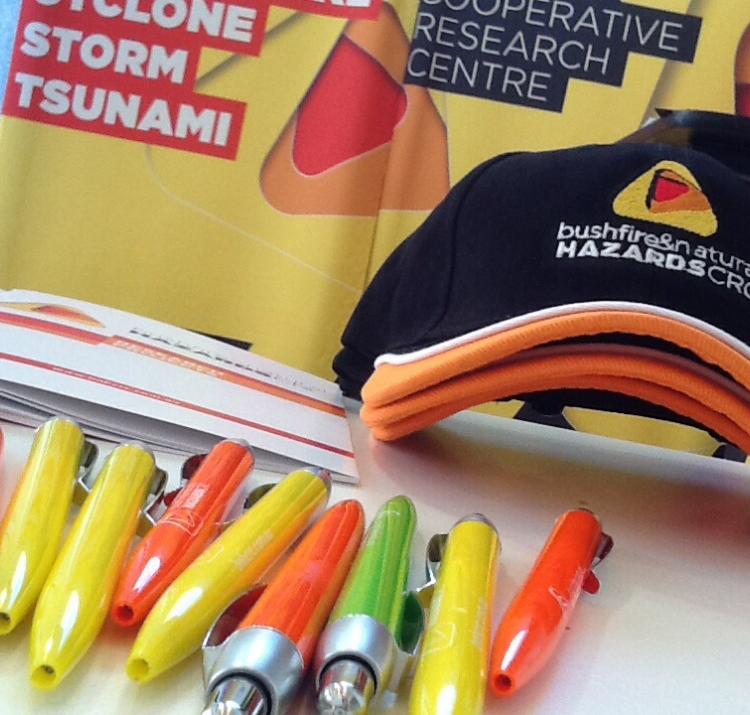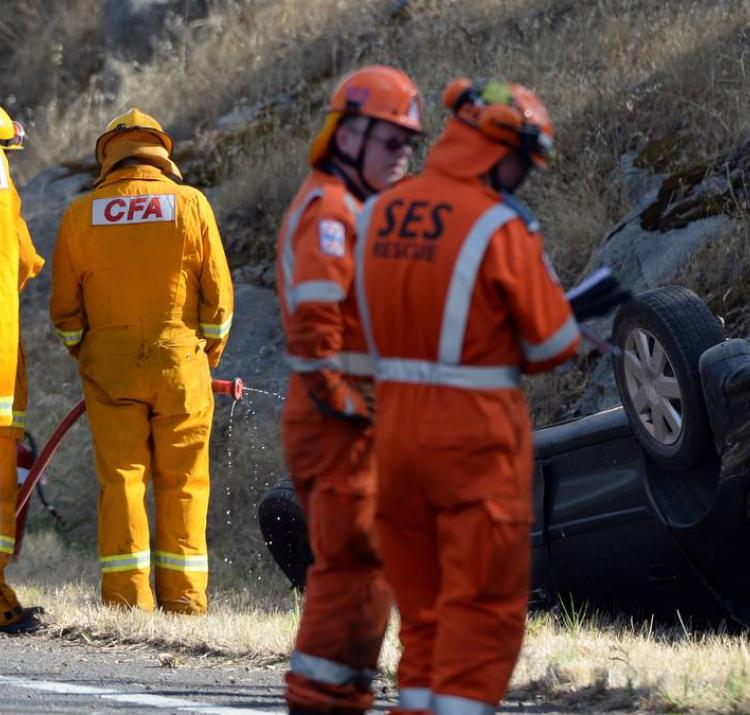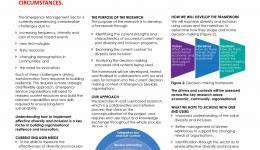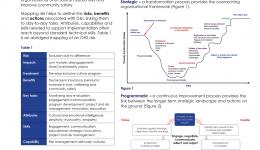Research leader
Research team
End User representatives
In 2016, the emergency management sector (EMS) acknowledged that action was needed to address the low representation of diversity in its workforce. This was being driven by a moral imperative to better represent the communities they serve (AFAC, 2016). The role of the EMS was also changing in response to ongoing unprecedented natural hazard events and the need for more strategic approaches to building resilience. This meant renegotiating the relationship between emergency management organisations (EMOs) and their communities, reinforcing the importance of D&I. This brought to the fore the need to understand how to improve the effectiveness and value of D&I in EMOs.
The main goal of the three-year project was to work with those in the sector engaged in D&I practice and develop an evidence-based framework capable of supporting more effective management and measurement of D&I. This was carried out in three phases: (1) understanding the context, (2) development of the framework, and (3) testing. Each phase was subject to annual review and the program was adjusted in response to the outcomes of those reviews.
Following the scoping phase of the research project, three lines of inquiry were established to analyse the key systems that most directly influence D&I for EMOs – organisational, economic and community. A mixed methods approach was undertaken that incorporated case studies, semi-structured interviews, focus groups, decision-making assessments, desktop reviews of organisational documents, informal and formal literature, and ongoing review and feedback with end-users.
The final D&I framework (Young and Jones, 2020) is constructed around four components:
- Strategic – transformational change.
- Programmatic – continuous improvement.
- Inclusive growth – bottom-up engagement.
- Risk management – human, social and innovation risk associated with D&I.





























